01/7Here is what you need to do
)

The past 9 months have been agonizing in many ways. The fear of catching the virus, which is a new strain that even researchers are studying till now, has shocked us in many ways - its high infection rate to how long it can survive on different surafces, we are getting new pieces of information every other day. However, what we know for sure is that the virus gets transferred from one person to another via respiratory droplets of an infected person. While you can practisee social distancing with those outside, how do you maintain it when the person infected is a family member and you are the caregiver?
02/7Sharing space with COVID positive people
)

If someone in your home is quarantined due to Covid infection then the risk of getting infected with the virus is certainly high. In this testing time, you not only have to take care of the sick person but also have to take precautions to keep yourself safe. Your health is equally important at this time and for that, you need to take correct precautionary measures to reduce the risk of coming in contact with the virus. Here are a few things that you should do if you are a caregiver to a COVID positive patient.
03/7Stay away and separate your items
)

The first step should be to maintain physical distance as much as possible, which might be a little difficult in a closed space. Also, you have to understand that staying away also includes staying away from things they are touching and using. Make sure you use different bedrooms, washrooms and other household items. You can keep the infected person in a separate room and ensure that they have all the things that they need over there. This will limit the spread of the virus. A well-ventilated room is preferred for someone sick with coronavirus.
04/7Maintain your personal hygiene
)

Your work doesn't end only by separating the spaces. Even a little bit of carelessness can turn out to be dangerous for you. So, do not take your personal hygiene lightly at this time. Wash your hands properly after touching a contaminated surface and keep your surrounding clean. When you are in close contact with the patient, always wear your protective gear like mask and gloves. If you are going to give them medicines or food, make sure that you have your protective gear on.
05/7Clean your surrounding
)

Cleanliness is one thing that you cannot overlook at this time. It is good to disinfect the surroundings as much as possible. Keep your house clean and use disinfectant - Isopropyl alcohol or bleach solution is said to work in sanitising a surface. It is imperative to sanitise and disinfect areas that are frequently touched by the patients like washroom doors, phone, remote and others. Try to disinfect a few times in a day. If that is not possible, then do it at least twice a day.
06/7Eat healthily and stay hydrated
)

When you are a caregiver, you certainly try your best to give support and attention to the patient. But during this time, we must not forget our own needs. Eat healthy food and stay hydrated. This goes for both you as well as the person you are taking care of. Add nutritious foods rich in vitamin C, vitamin A and zinc in your diet. Healthy dietary habits help in speedy recovery.
07/7Talk to your doctor
)

It is obvious to feel overwhelmed and stressed out when you are dealing with such a complex situation. Try to keep an open mind and talk to your doctor whenever you feel things are getting out of hand. This applies to both your physical as well as your mental health.










































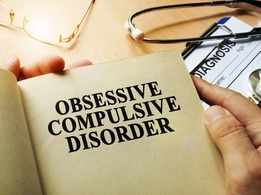
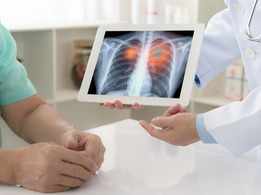

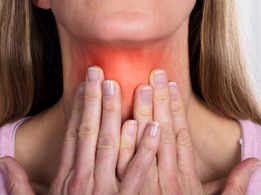
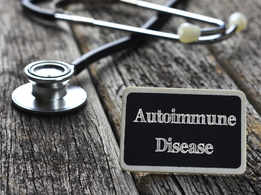




















![[Gym] Leg Training (voice-over with tips)
[Gym] Leg Training (voice-over with tips)](https://static.toiimg.com/thumb/77056786.cms?width=147&height=86)





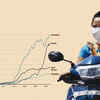

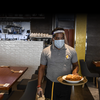
closecomments
SIGN IN WITH
FacebookGoogleEmail